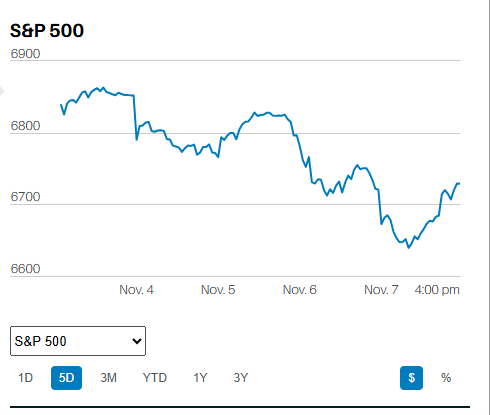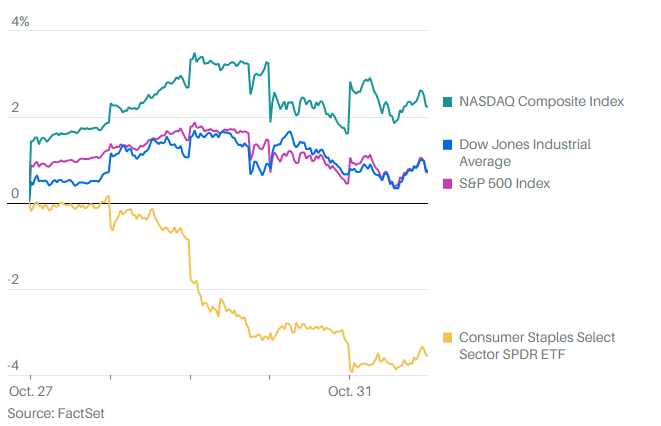Tactical asset allocation can add value
It's not market timing or day trading
And your portfolio will thank you for it

The importance of asset allocation
Strategic allocation is the single most important decision an investor must make. What is the right mix of investments for their situation? It is a balancing act between expected return and risk. Investors with more time and higher risk tolerance should hold more stocks. People approaching retirement with near-term spending goals need more liquid assets. Think bonds. Everyone should have some exposure to international assets as well. Real estate and gold should also be part of the mix.
Assets can swing from cheap to expensive. Expected return is a function of price. Sometimes it is appropriate to overweight or underweight an investment type. Adjusting your strategic mix to accommodate current conditions is called tactical allocation.
High yield bonds currently yield 4.1% over Treasuries, based on the ICE BofA US High Yield Index Option-Adjusted Spread. They spent 2017 and much of 2018 yielding around 3.5% over Treasuries. The average historical yield is around 5.5%. Underweighting high yield bonds in your portfolio is appropriate based on price. It is even more appropriate given the state of the economy. Likewise, international stocks are much cheaper than U.S. stocks after a decade of underperformance. Overweighting international stocks and underweighting U.S. stocks is appropriate. Value stocks have underperformed Growth stocks for a decade. Value outperforms over the long run and by a substantial amount. Overweighting value in your portfolio is appropriate.
Market timing does not work. Tactical allocation is not day trading. Adjusting your strategic allocation is appropriate when assets diverge significantly from long-term price norms. Reversion to the mean is the strongest feature of investing. Taking advantage of reversion to the mean is an investor’s most important tool. However, those types of price moves do not happen every day or even every year. Make sure prices have diverged sufficiently before re-allocating.
For now:
Underweight high yield bonds. Underweight bonds in general. Underweight U.S. stocks. Overweight emerging market and developed market stocks. Overweight value. Your portfolio will thank you for it.
Regards,
Christopher R Norwood, CFA
Chief Market Strategist











